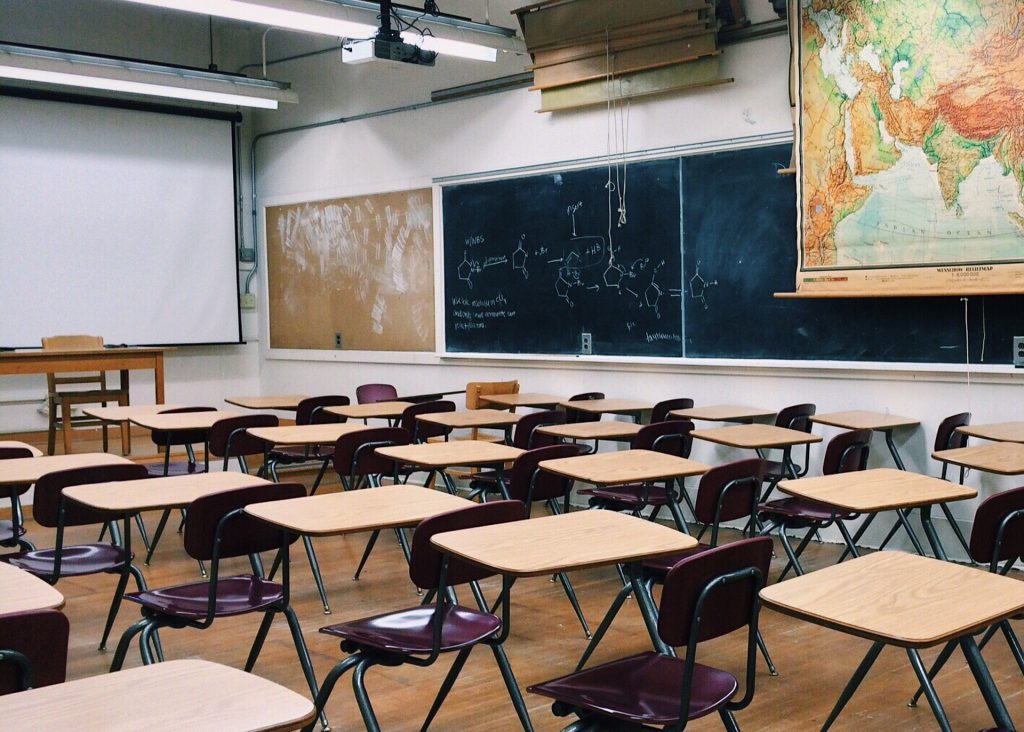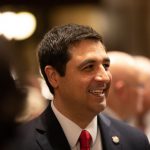Students With Disabilities Subjected to Seclusion, Physical Restraint
Report finds 84% of all such incidents in state’s schools involve students with disabilities.
The Wisconsin Department of Public Instruction (DPI) released a report Wednesday documenting incidents of seclusion and physical restraint of students in Wisconsin schools during the 2020-21 school year.
The annual report, required under a 2019 state law, shows that public and private Special Needs Scholarship Program schools statewide reported 4,314 instances of seclusion and 4,949 instances of physical restraint last year. Students with disabilities who have individualized education programs (IEPs) were subjected to seclusion and restraint at a much higher rate than other students, comprising 85% of all seclusion incidents and 84% of all physical restraint incidents reported for the 2020-21 school year.
Because many schools shifted from in-person to virtual instruction during the 2020-21 school year, DPI released a statement along with the report urging caution when comparing seclusion and restraint statistics across schools and to previous years.
“These figures represent the lived experiences of students and staff in our state, and we must use this information to improve our systems and practices to reduce the frequency and need for these events,” state schools superintendent Jill Underly said in the statement. “That is especially true for our students with disabilities, who are far more likely to be subjected to these practices than their peers.”
Underly added that “our educators continue to see the stark impact of the social and emotional turmoil experienced by learners and their families, and we need to do more to address why seclusion and restraint must be used — even as a last resort. Our schools need meaningful, ongoing investment of resources beyond one-time, federal relief dollars to meet these challenges for us to see a reduction in the use of these practices.”
The use of physical restraint, defined as measures that immobilize or reduce students’ ability to move their head, neck and torso, as well as involuntary confinement of students in isolation rooms, has been controversial.
In September 2021, the Madison school board revised its policies to ban some methods of restraint and to ensure that secluded students are supervised and can’t be put in locked rooms. The new policy also requires that parents be informed within a day when such measures are taken and bars schools from reporting incidents anonymously to DPI.
Spitzer-Resnick says he is disappointed that DPI has not done more to provide guidance on how data on seclusion and restraint can be used to identify and learn from schools that don’t use the measures at all.
“In larger school districts, let’s look at which of our schools are doing a really good job and hardly ever or maybe never resorting to seclusion,” he says. “Children are not radically different. When you see big differences [among schools] in the use of aversives —seclusion and restraint — that tells you something about leadership and how staff responds,” he says.
Special needs students disproportionately subjected to seclusion, restraint was originally published by the Wisconsin Examiner.























With several decades of working in public schools, I can say that most schools take seriously the need to reduce physical restraint and seclusion of special education students. These students often have full time aides. I have seen these out of control students attack teachers and others students and destroy classrooms. The rights of these students need to be realistically balanced with the rights of their. classmates to learn without having to chronically worry about their own physical safety. School generated trauma for students concerned about their physical safety can be as debilitating as stress factors from their neighborhood environment.
Schools are not equipped to deal with children with extreme disabilities. I know this from teacher friends. Not enough money, so not enough staff, so it falls on the classroom teachers to meet everyone’s needs — and then no one’s get met. I have friends who have had “students” with the brain functioning of an infant sitting in their wheelchair with their aide and disrupting the entire class because they are, well, infants. Something needs to changer.